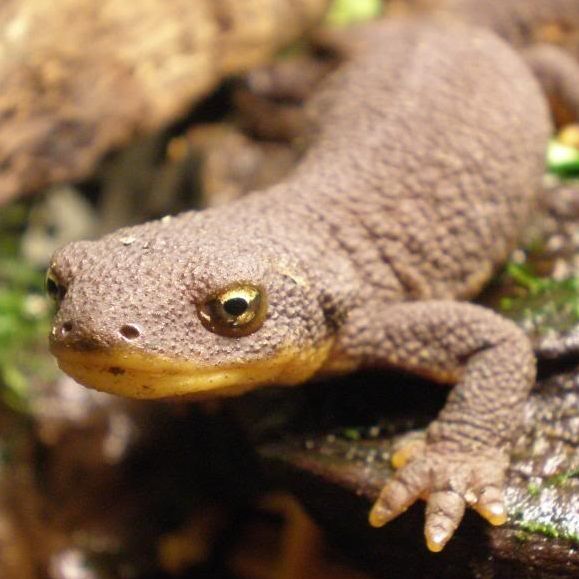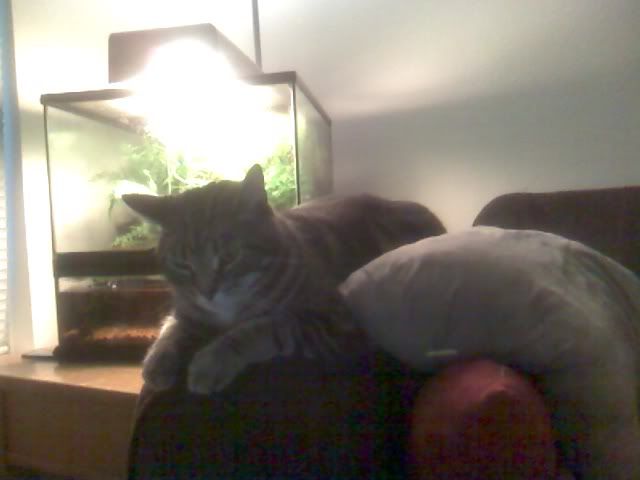AquaticEngineer
New member
- Joined
- Dec 2, 2007
- Messages
- 20
- Reaction score
- 2
- Points
- 0
- Location
- Damascus, Oregon, USA
- Country
- United States
Its been a good 5 years I'd say since I last kept any amphibians and I'm finally set up to do it again 
I'm doing a completely native semi-aquatics aquarium/vivarium Oregon biotope. Actually, its so specific that everything I collected came from the creek that runs by my house.
Only planning on keeping a pair of Roughskinned Newts (T.grans) but the male is very aquatic and the female is very terrestrial which the environment they are in suites them quite well.
Anyways, I will likely be a bit more active again on here and will post my experiences along the way.
Cheers!
Stu
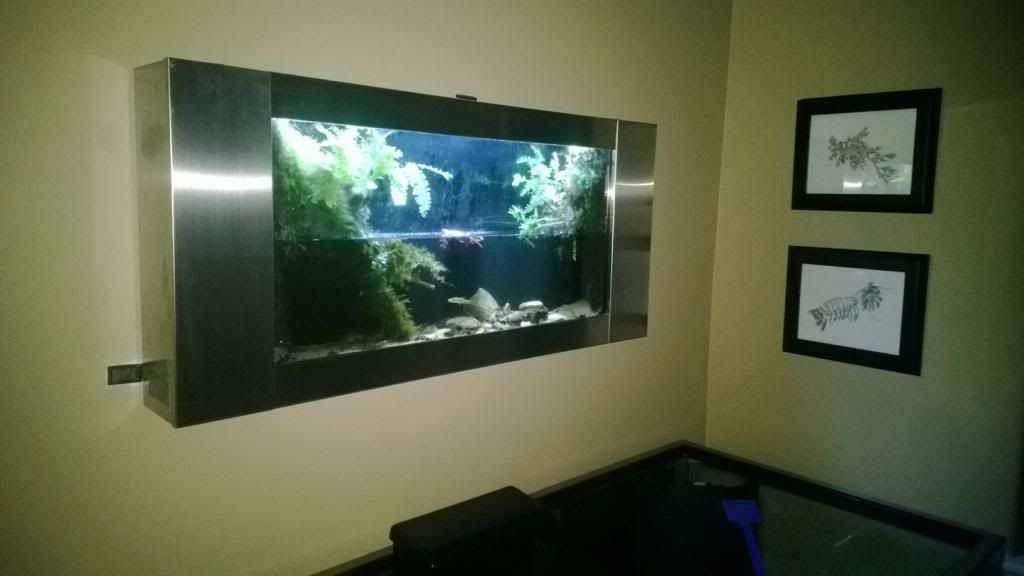
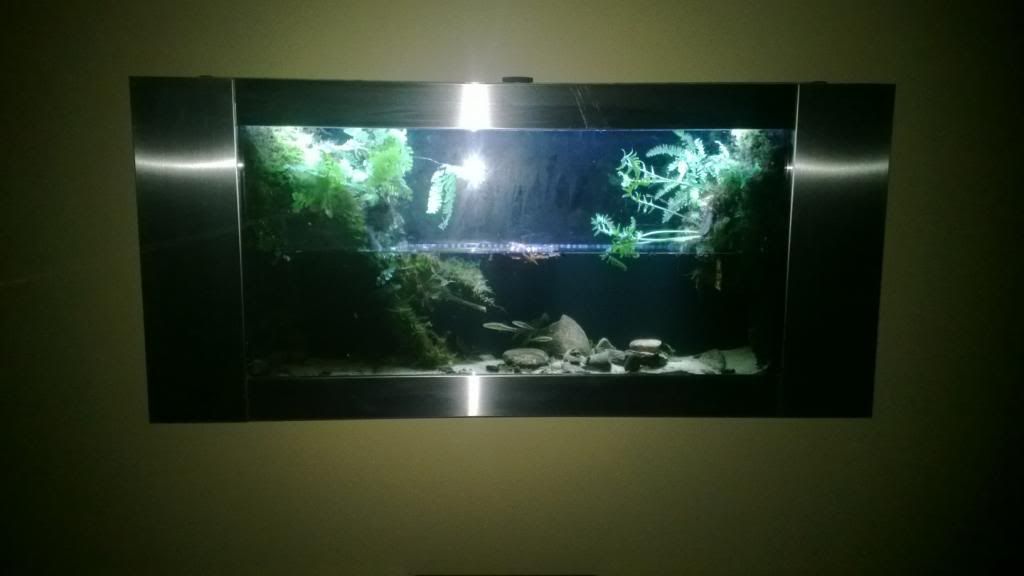
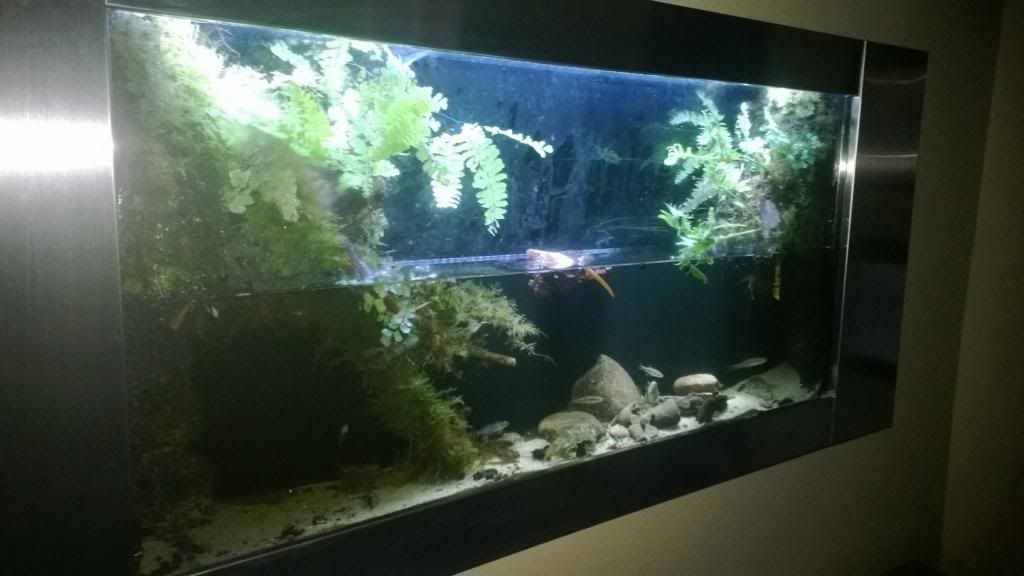
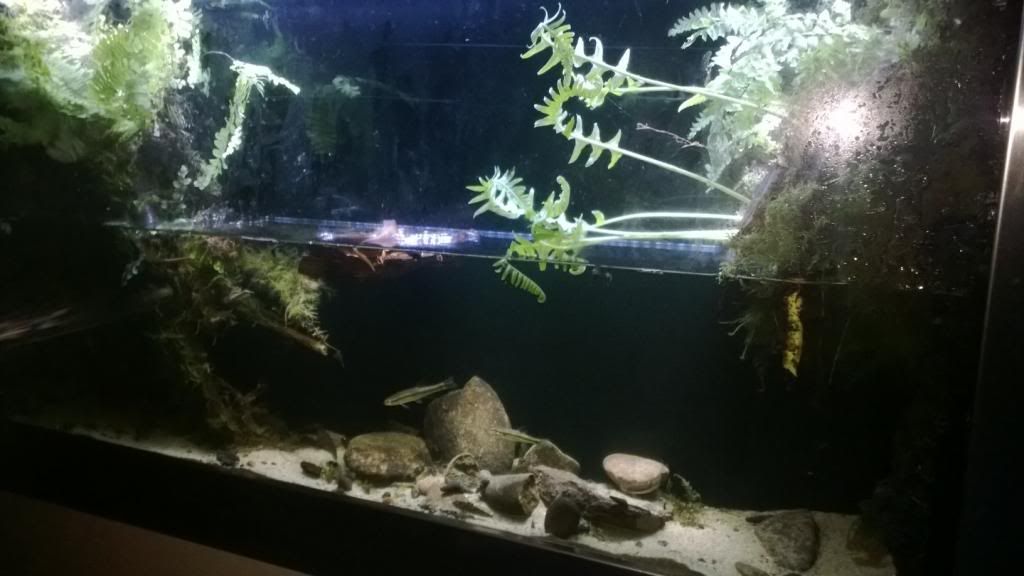
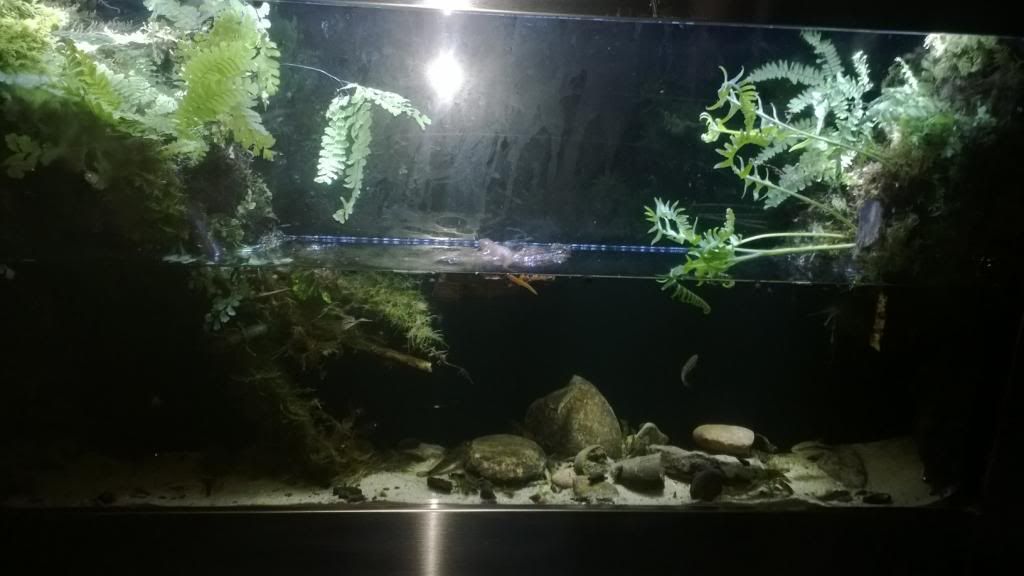
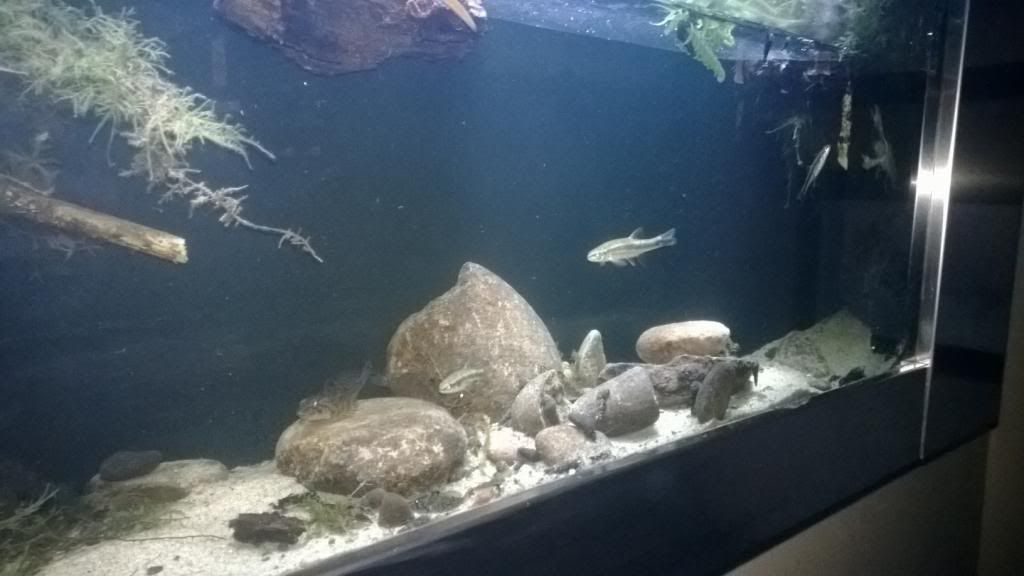
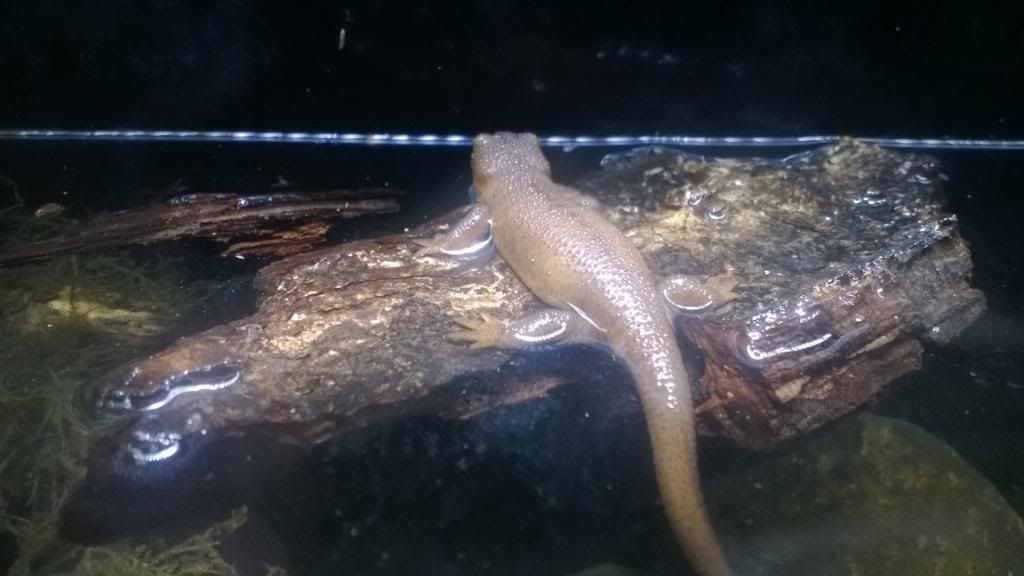
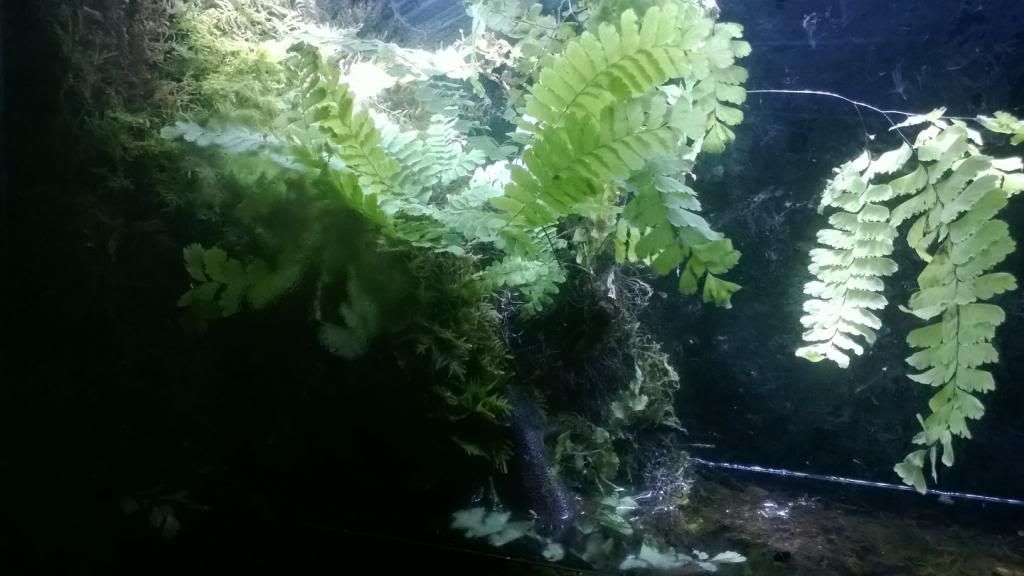

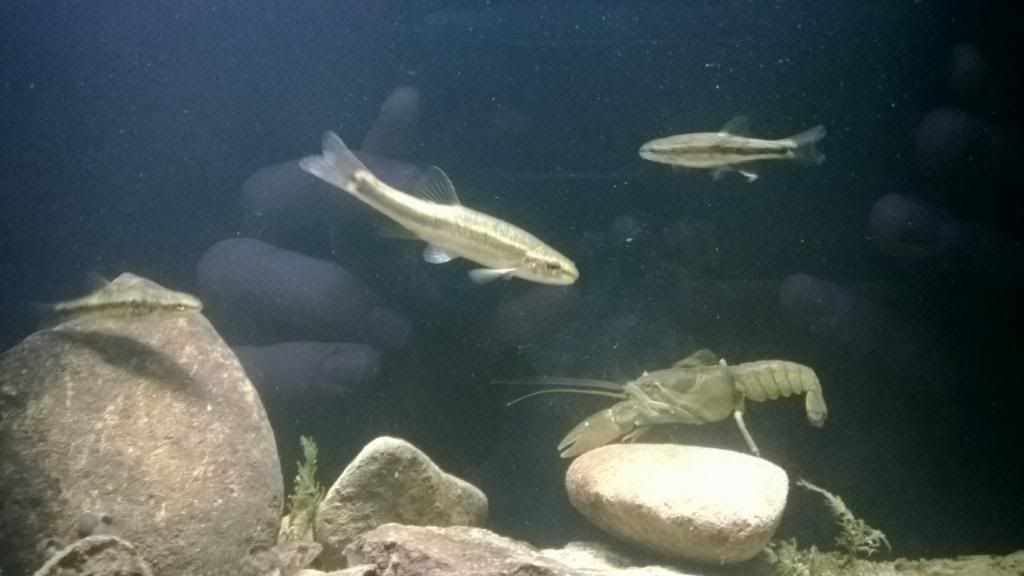
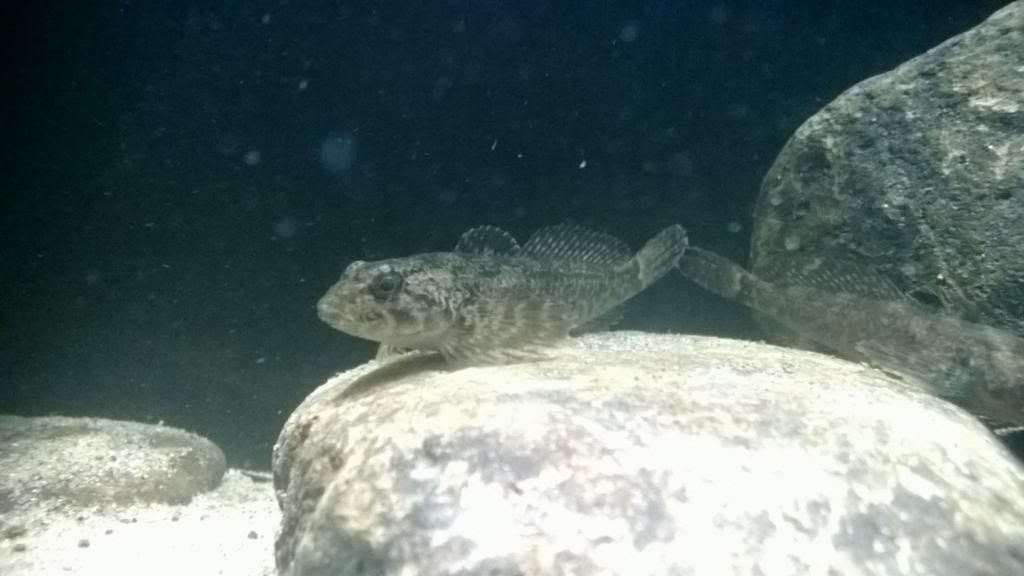
I'm doing a completely native semi-aquatics aquarium/vivarium Oregon biotope. Actually, its so specific that everything I collected came from the creek that runs by my house.
Only planning on keeping a pair of Roughskinned Newts (T.grans) but the male is very aquatic and the female is very terrestrial which the environment they are in suites them quite well.
Anyways, I will likely be a bit more active again on here and will post my experiences along the way.
Cheers!
Stu














